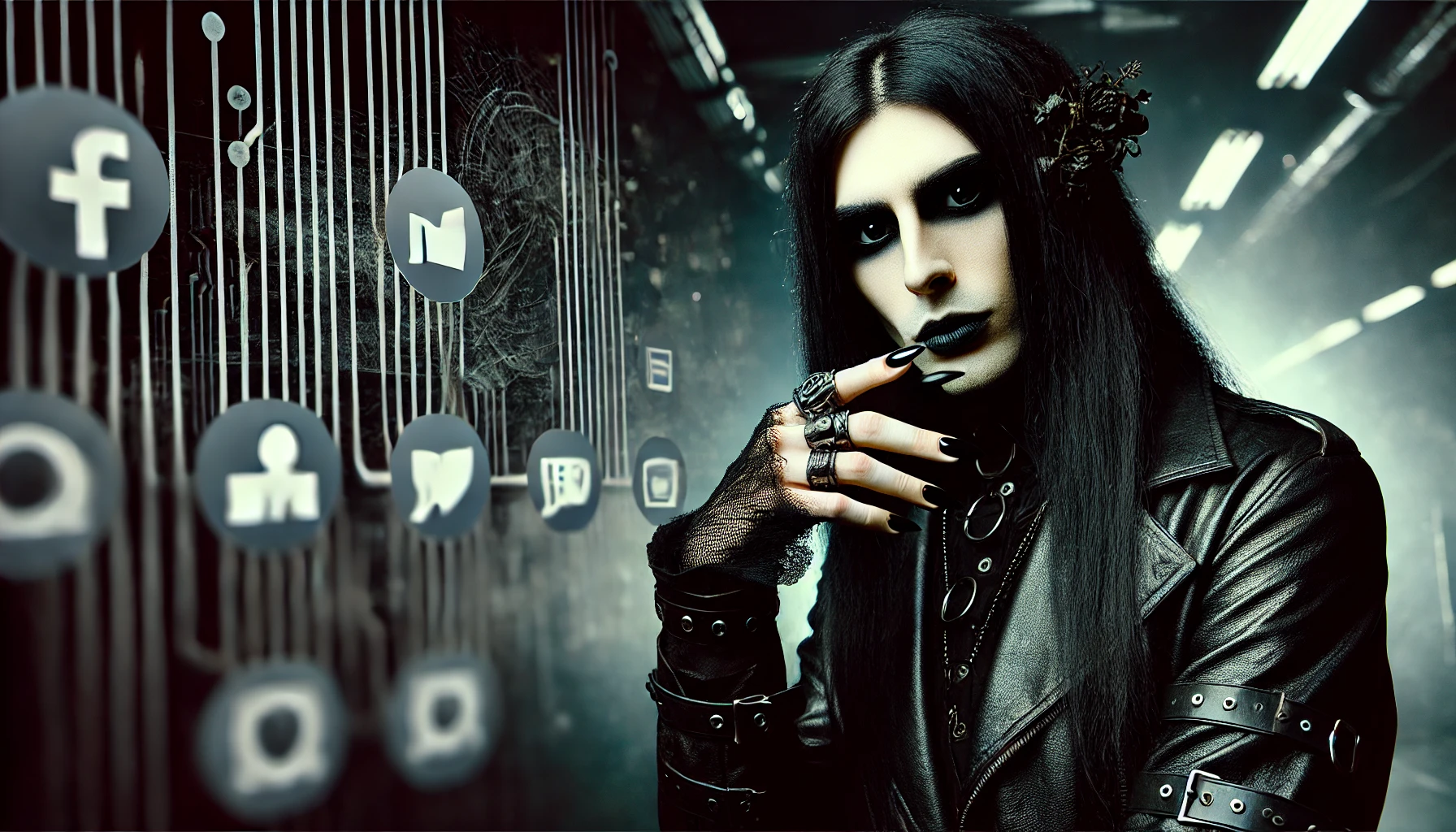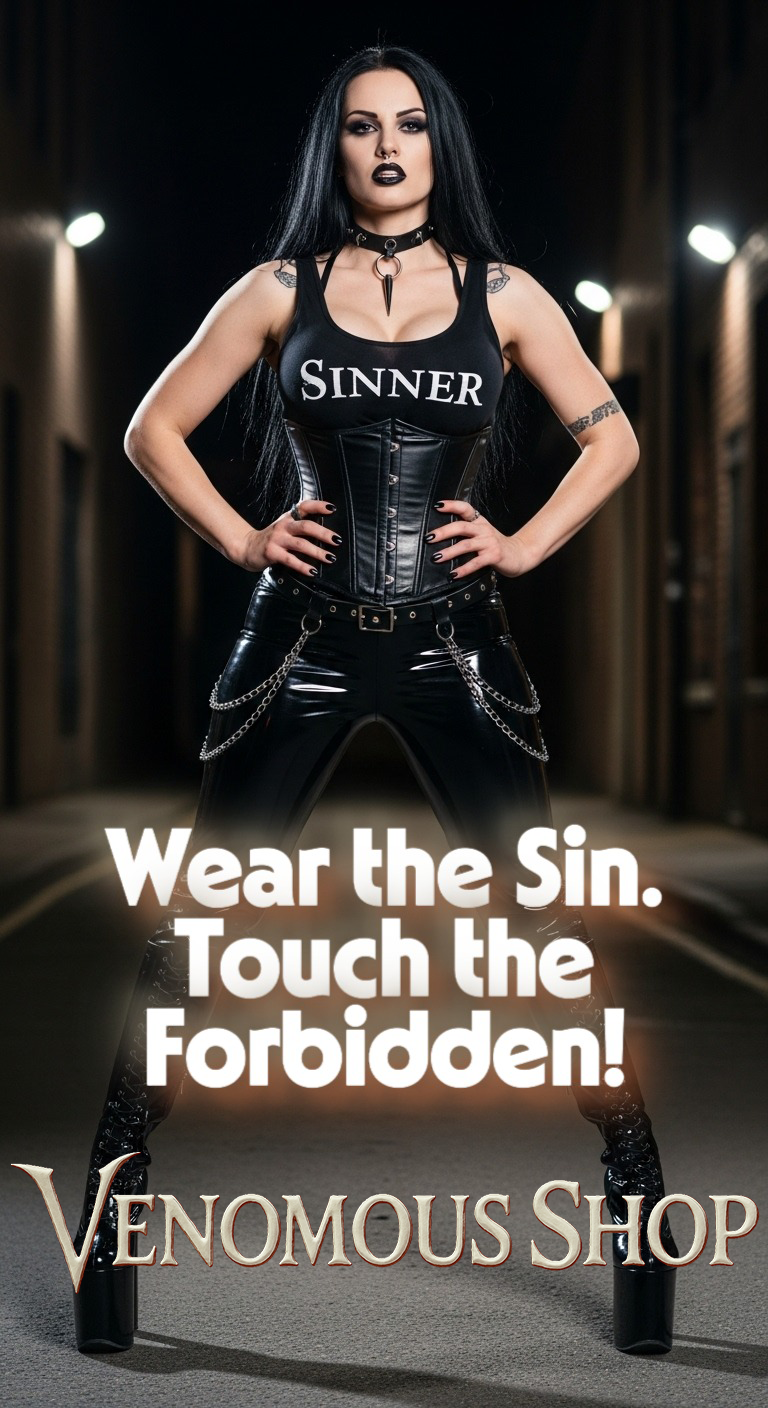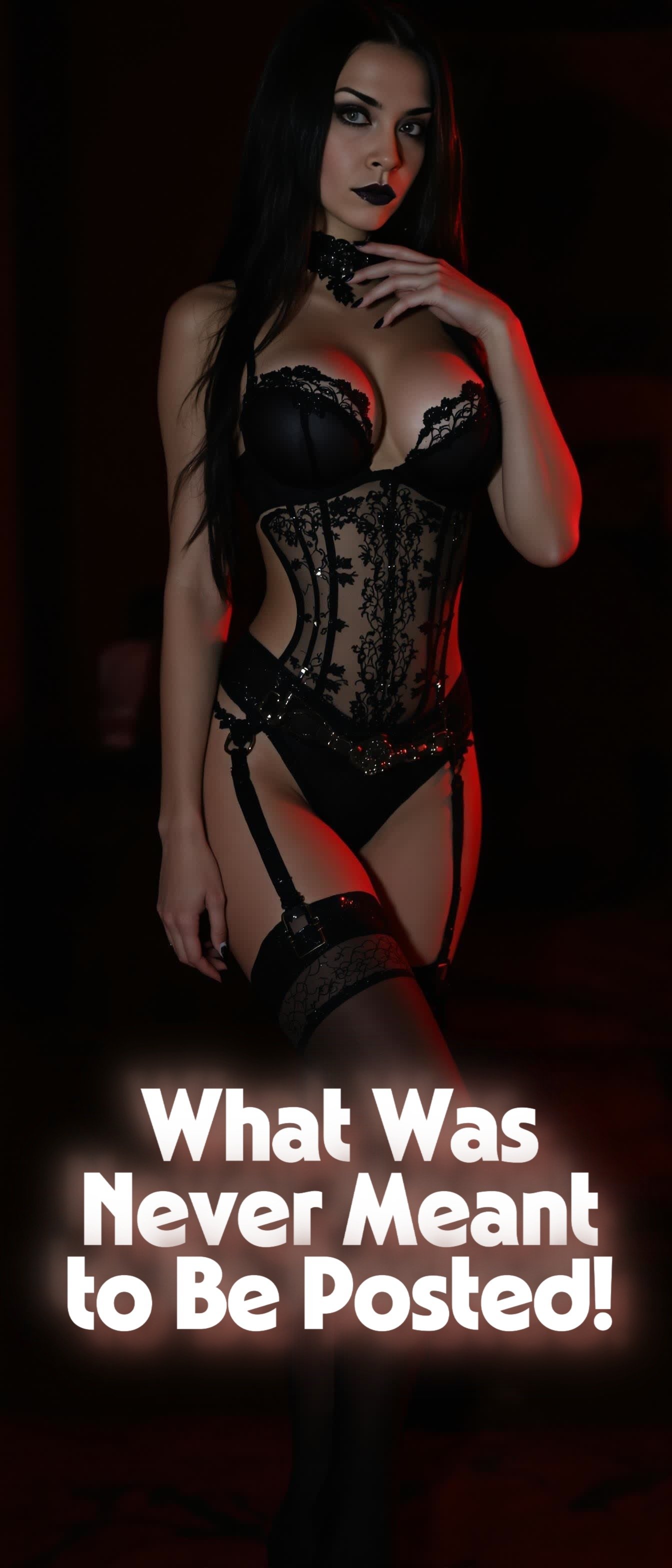In an era where algorithms dictate human behavior, even something as distinctive and untouchable as the goth subculture has been influenced. Social media, the digital arena where authenticity is often sacrificed on the altar of validation, has had a colossal impact on goth culture. The question that remains is this: has it amplified the scene, or has it reduced it to just another commodity to be filtered, hashtagged, and sold to the masses?
Welcome to the age where even darkness must fit within 280 characters or a perfectly staged Instagram feed. This isn’t about growth, it’s about a cultural compromise—where the very thing that once existed in opposition to mainstream consumerism has now become fodder for it.
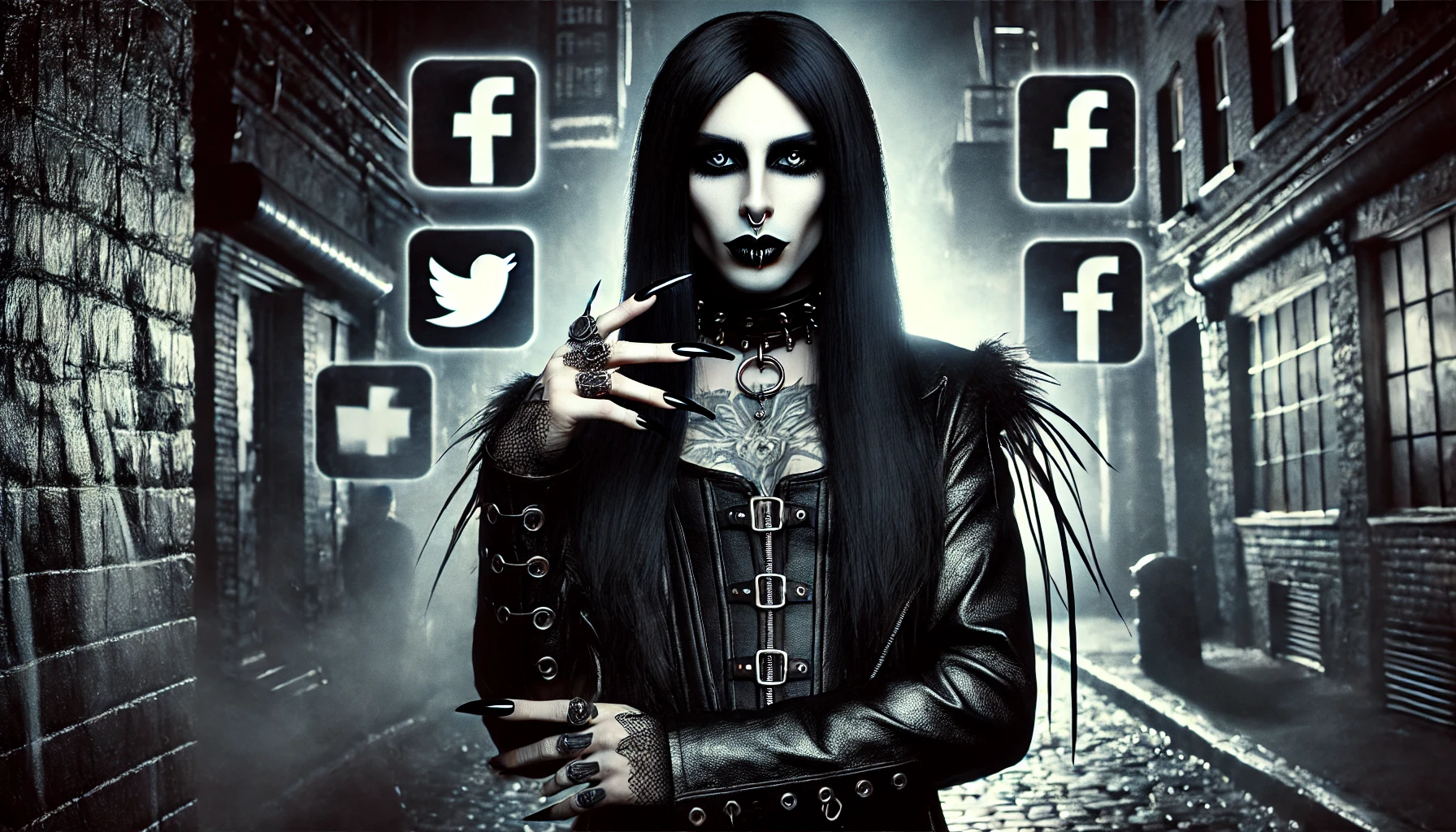
Goth Subculture: A Rebellion, Not a Hashtag
The goth subculture was born as a rebellion against the mainstream. It wasn’t meant to be sanitized, prettied up, or, God forbid, marketable. Aesthetic was essential, yes—but it was an aesthetic born out of alienation, a reaction to the bleakness of the world, not a thirst for likes. But social media, with its dopamine-driven validation and FOMO (fear of missing out), has wormed its way into even the darkest corners of this community.
Think back to the goth clubs in the 80s or early 90s, places that existed in the shadows, where people gathered not to showcase their outfits for digital approval, but to exist in a space outside societal norms. Those clubs were an escape. Social media, in contrast, is a prison disguised as freedom. A prison where goths are encouraged to seek validation from algorithms, to out-goth each other with curated, commercialized versions of rebellion.
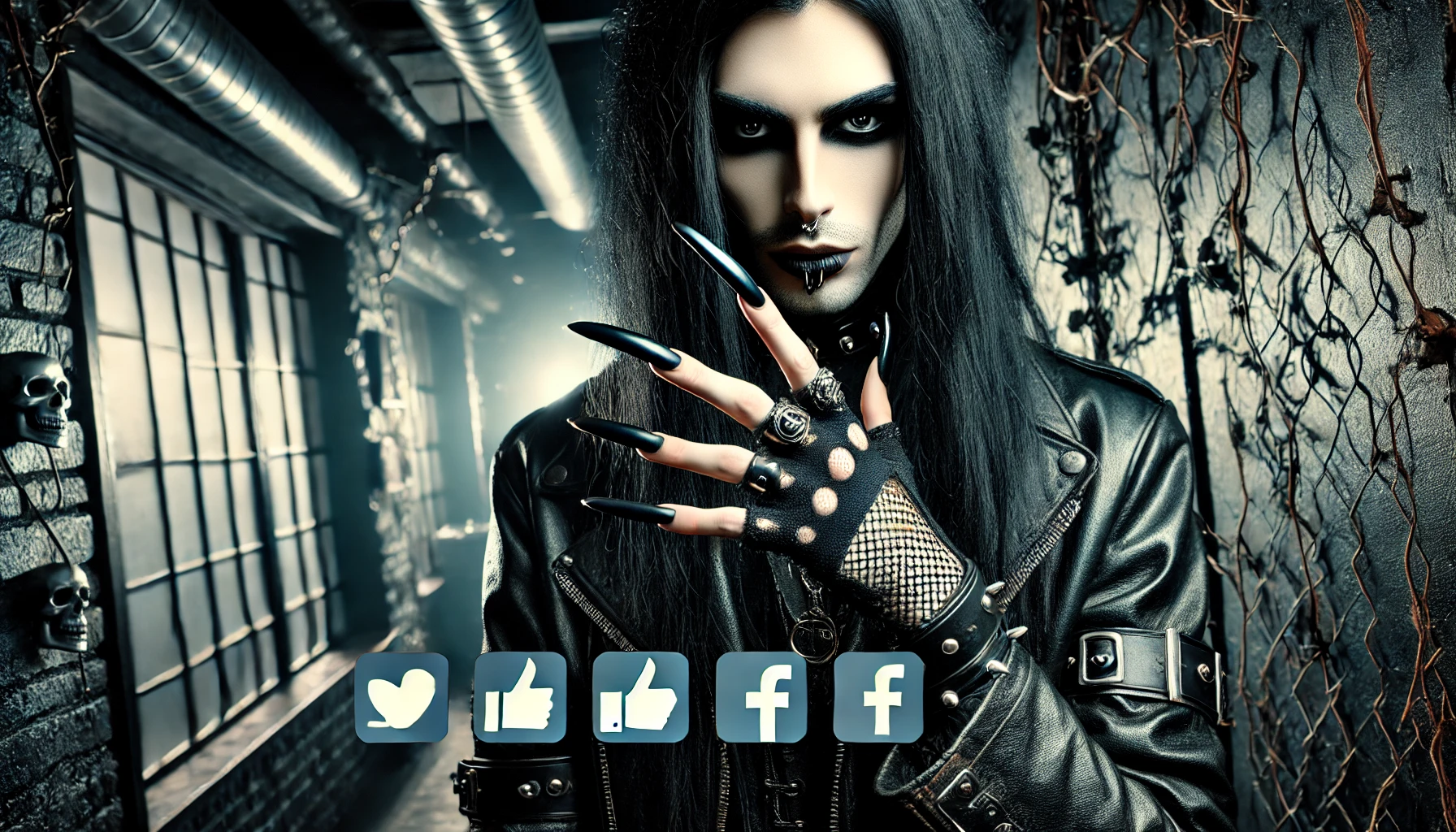
The Death of Authenticity?
One of the most controversial impacts of social media on goth subculture is the erosion of authenticity. There was a time when being goth wasn’t about how you looked to others; it was an internal state of mind, an appreciation for the darker aspects of life and art. It was, quite literally, a way of living outside the norms.
Now? The goth aesthetic has been monetized. Brands like Dolls Kill and Killstar churn out “gothic” attire like a factory, feeding the masses a pre-packaged, Instagram-friendly version of what it means to be goth. Influencers, with their sponsored posts and staged “edgy” photoshoots, have taken over, steering the subculture away from its roots and more toward capitalist consumption.
And here’s the kicker—many of these influencers aren’t even part of the goth community. They’re appropriating the look without understanding the depth behind it. Their followers don’t know the difference, because social media isn’t about depth. It’s about surface. It’s about likes. It’s about going viral. The core values of the goth subculture—alienation, introspection, and a celebration of life’s darker aspects—are lost in the noise of clicks, shares, and artificial engagement.
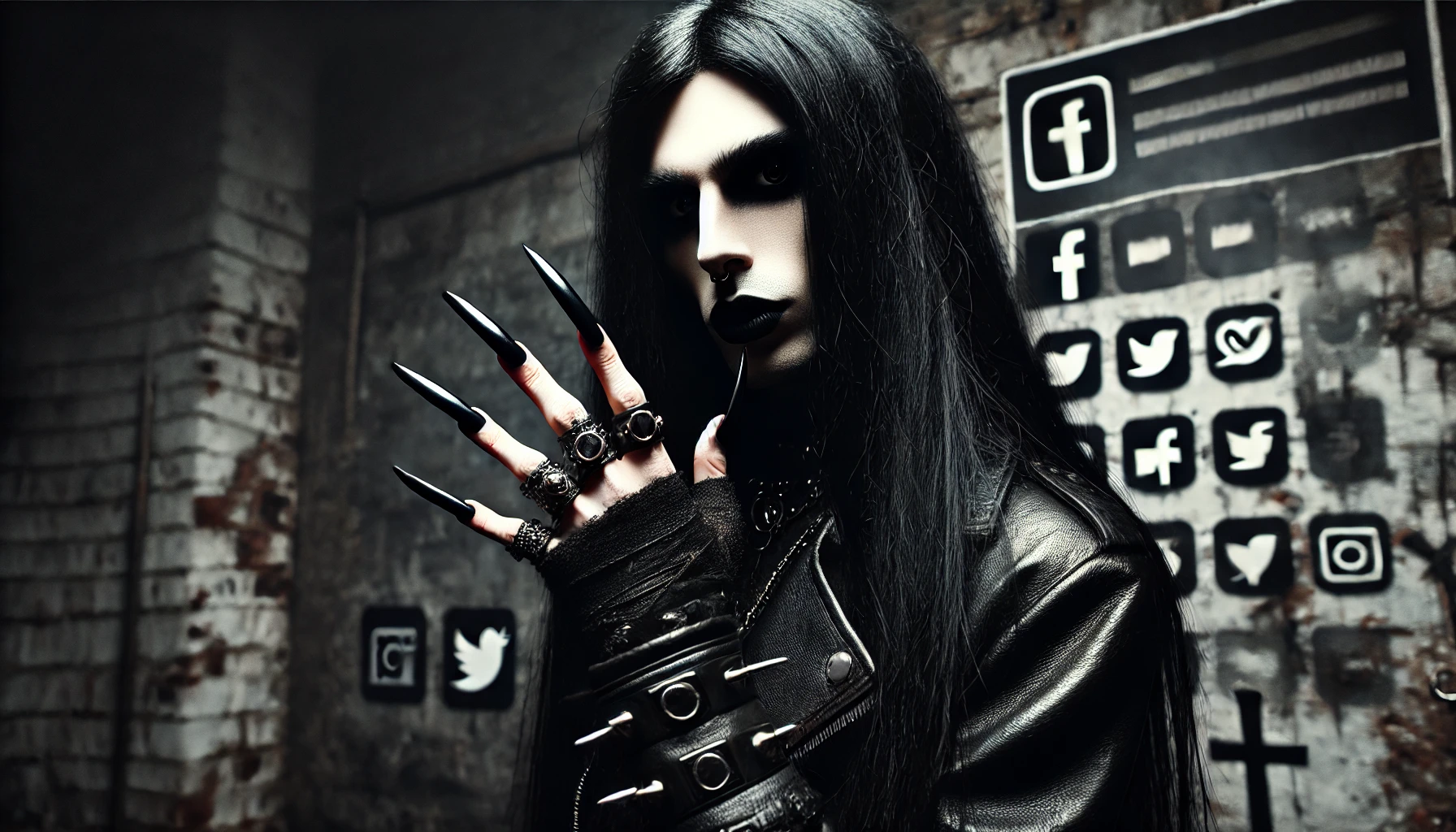
The Rise of the “Instagram Goth”
Perhaps the most glaring consequence of social media on goth subculture is the rise of the “Instagram Goth.” These are individuals who have embraced the aesthetic solely for its visual appeal, without any regard for the culture’s history or meaning. They don black clothes, platform boots, and sport pale makeup, but it’s all a facade—an image to gather likes, not a way of life.
Real goths, those who’ve been part of the scene for decades, look at these Instagram goths with disdain, and rightfully so. When you strip away the commercialized trappings, what are you left with? An empty shell. Goth wasn’t about being a brand; it was about rejecting the world’s superficiality, not succumbing to it.
Sure, every subculture has its posers. But social media, with its ability to instantly amplify images and personalities, has taken the poser problem to a whole new level. The loudest voices on these platforms aren’t the ones with the deepest understanding of the culture—they’re the ones with the flashiest outfits and the most Instagrammable moments.
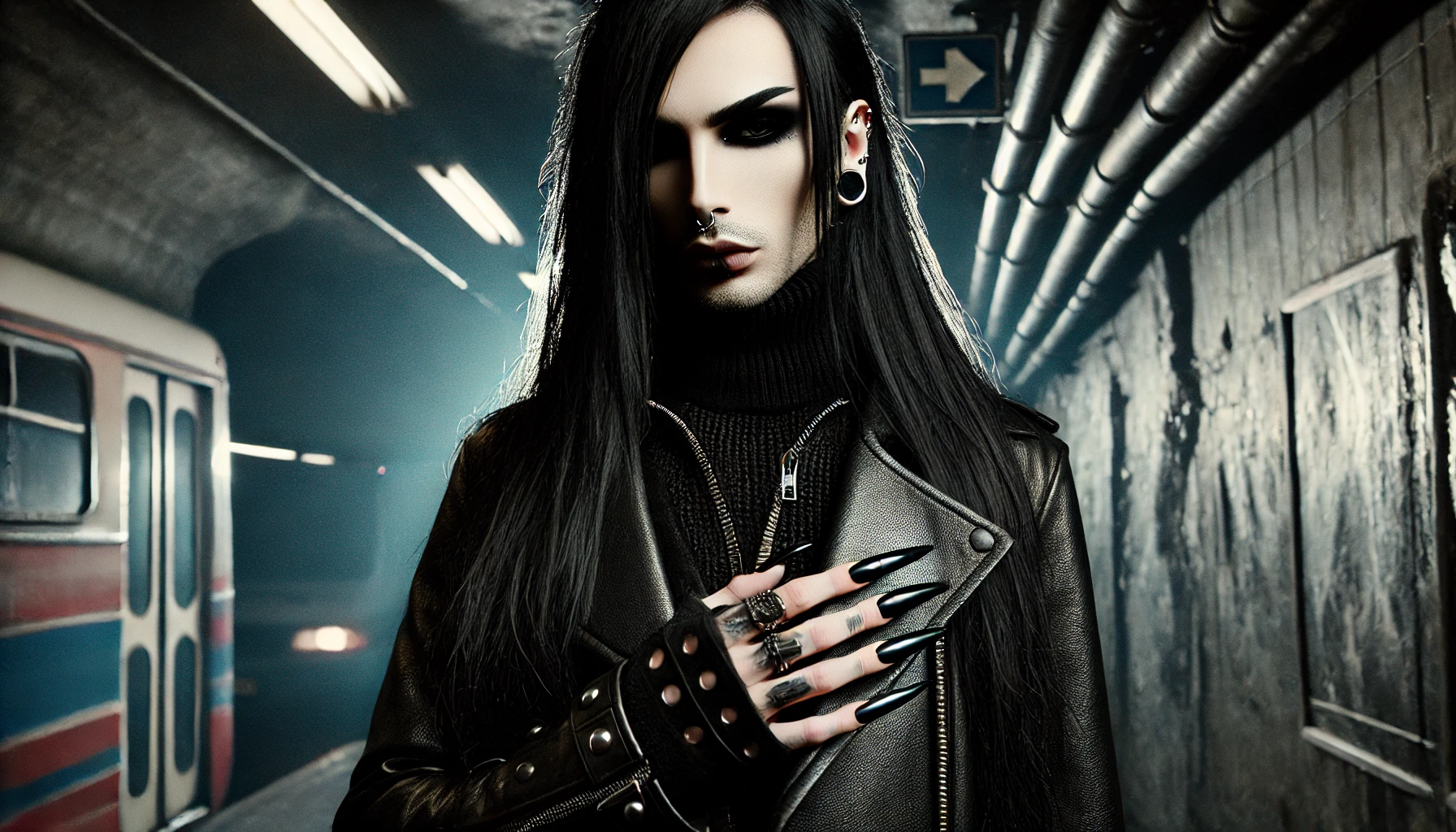
But Let’s Be Real: Has Goth Ever Been Pure?
Okay, I can hear the counterarguments now. “Goth has always been about aesthetic!” “Even back in the 80s, people cared about how they looked!” True enough. But it’s one thing to care about how you look in a community that’s built on subversion and rejecting the mainstream, and it’s another to become a slave to a system that profits from commodifying rebellion.
Don’t kid yourself—there’s a difference between expressing your identity through fashion and being spoon-fed an identity that’s marketable. The former is liberation; the latter is exploitation. What’s worse is that most people don’t even recognize the chains.
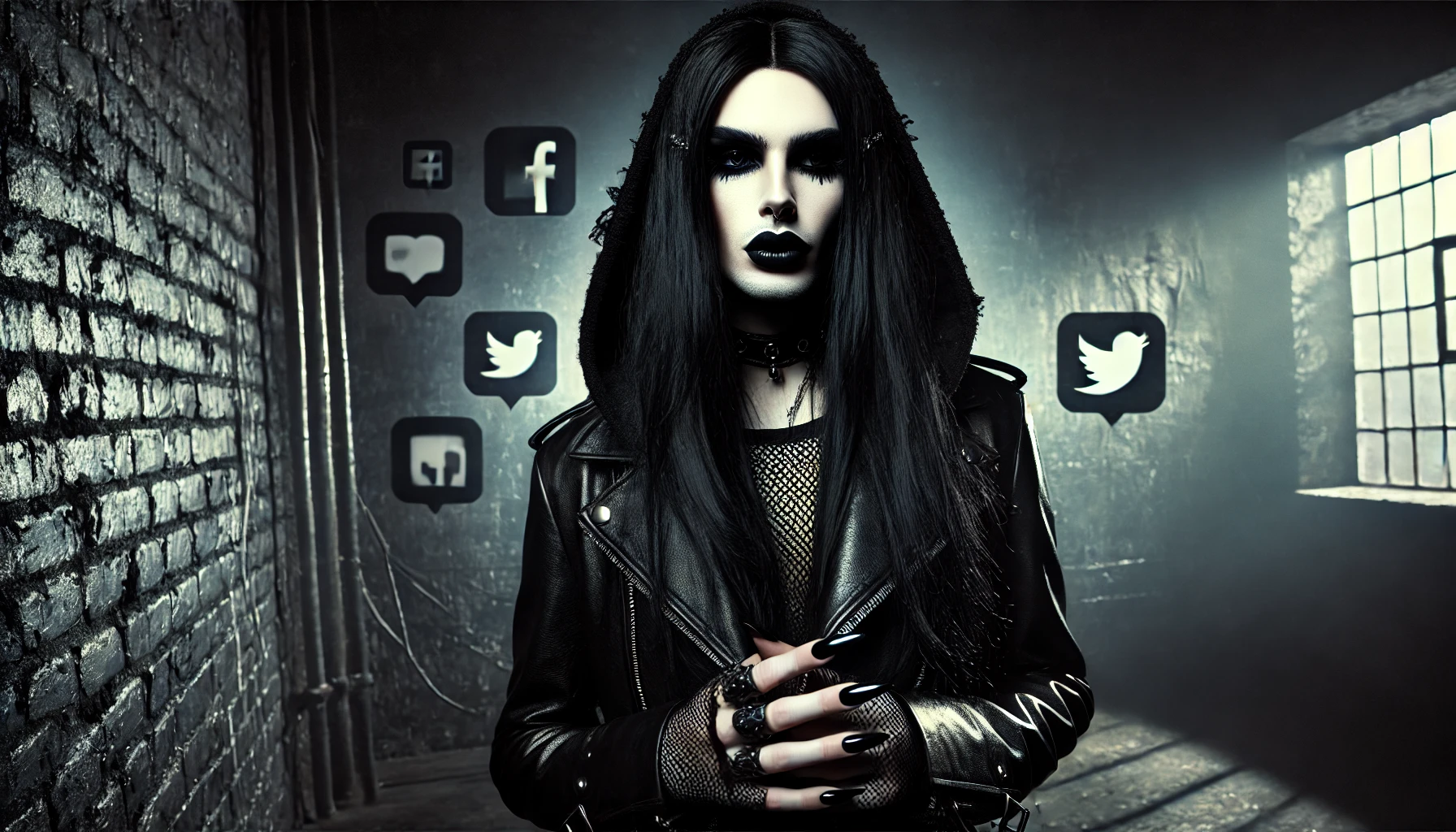
The Benefits of Social Media (Yes, They Exist)
Despite the venom I’ve spat so far, it would be foolish to say that social media’s impact on goth culture is all bad. In fact, it has allowed for unprecedented connection and community-building within the subculture. Back in the day, finding fellow goths outside of major cities was tough. You had to rely on word of mouth, local music scenes, or random encounters in niche record stores.
Now? Goths from around the world can connect instantly. Social media has facilitated the growth of niche goth subcultures like pastel goths, health goths, and other offshoots that may not have survived without online communities. It’s easier than ever to discover new goth music, art, and fashion—and to share it.
The goth subculture has always thrived on diversity and personal expression, and social media, for all its faults, has given a platform to those who might have otherwise been left out. It’s a double-edged sword. But the fact remains—what once made the goth subculture unique and rebellious is now under threat from the very platforms that helped it spread.
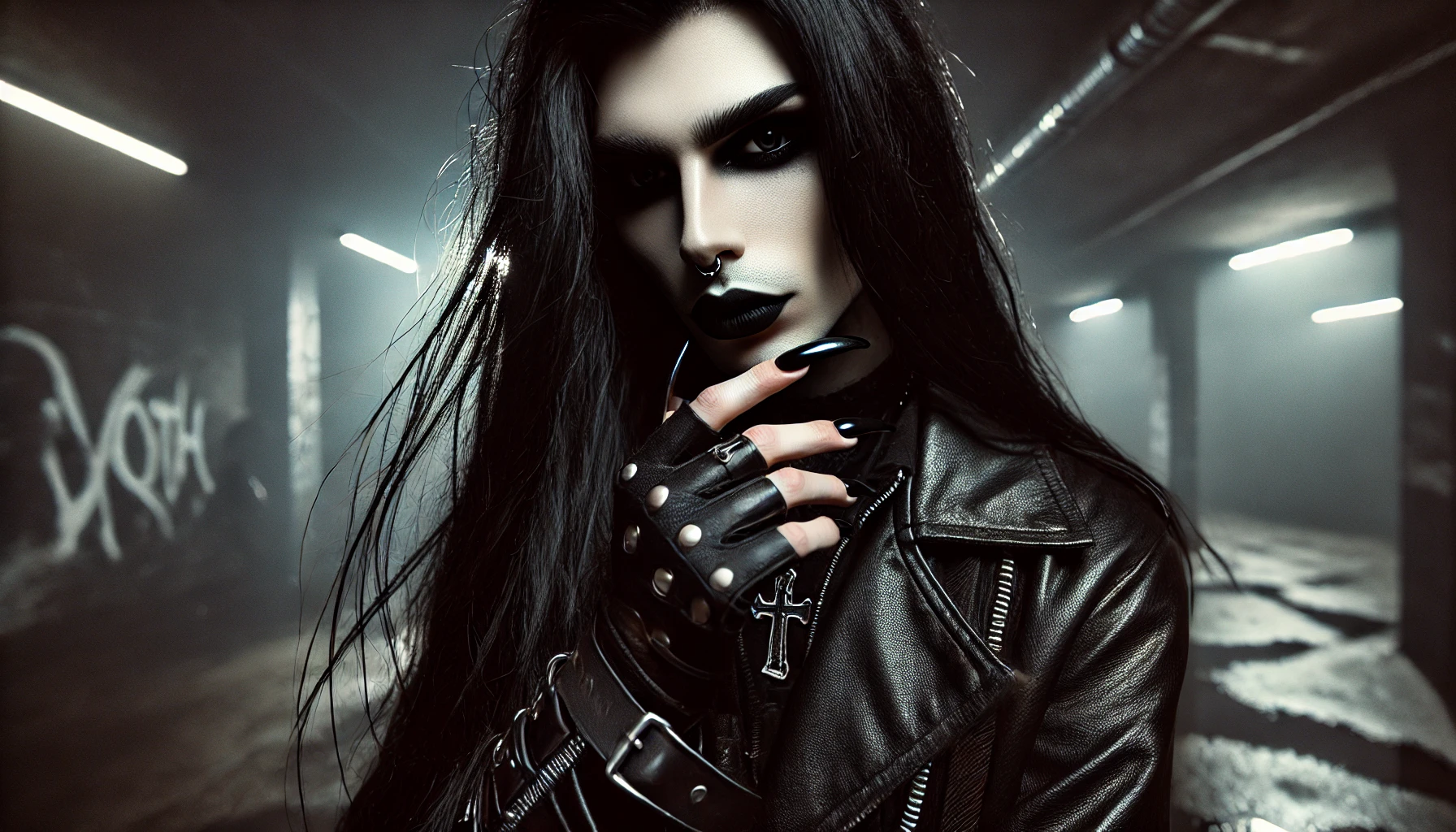
The Dark Side of Social Media and Mental Health
There’s another angle to consider here, one that’s a bit more personal. The goth subculture has long been associated with mental health struggles—depression, anxiety, alienation. These are real issues, not fashion statements. Social media, with its relentless push for perfection and validation, only exacerbates these problems.
The need to maintain an image, to keep up with others in the community (or worse, to outperform them), can lead to a spiral of self-doubt, anxiety, and depression. What was once a refuge for the alienated and the outcast is now becoming a pressure cooker, where goths are forced to conform to the very standards they once rejected.
Sure, you can turn it off. You can delete your account. But let’s be real—how many people do that? The allure of validation is too strong, and for some, the damage is done before they even realize it.
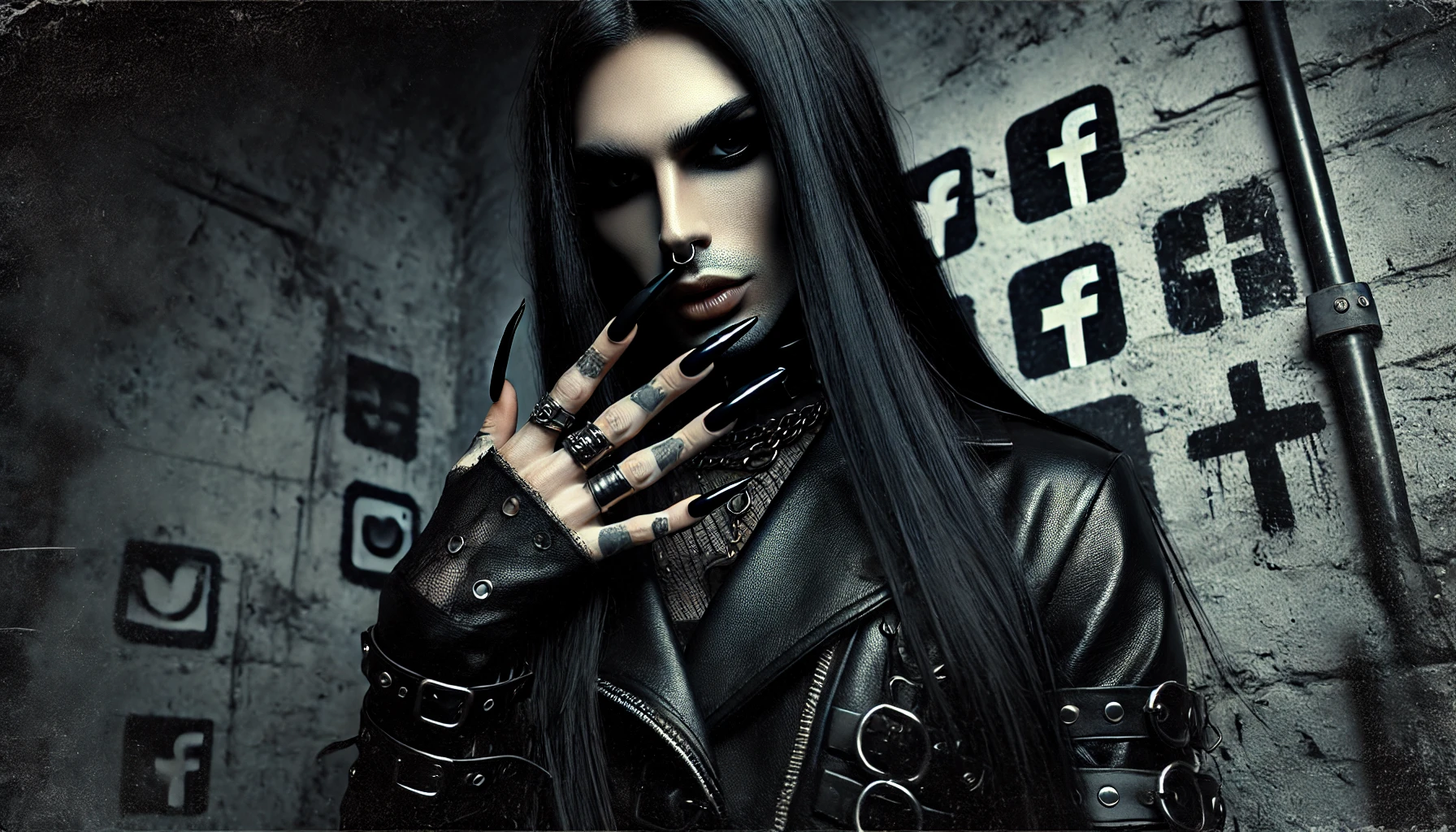
Conclusion: Can Goth Survive the Social Media Era?
So, what’s the verdict? Is social media killing the goth subculture, or is it simply forcing it to evolve? I’d argue that it’s doing both. Goth culture will survive—there will always be those who seek the darker side of life, who reject the mainstream and find beauty in the macabre. But it won’t survive unchanged.
Social media has diluted the authenticity of goth culture, turning it into a product to be consumed. And while some may benefit from the exposure and community-building these platforms offer, the core of goth—its rejection of superficiality, its introspective nature—will continue to be at odds with the shallow, consumer-driven world of social media.
In the end, it’s up to those within the subculture to decide what they value more: the validation of likes and followers, or the authenticity that has always made goth culture unique. Choose wisely.
For more deep dives into alternative culture, check out my: the home page.
And if you dare, follow me on my unfiltered journey through the void: All My Links.
